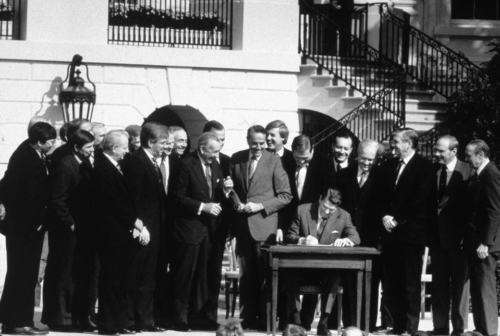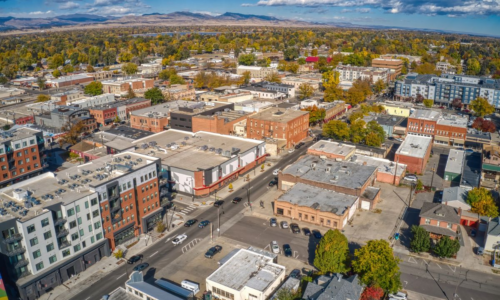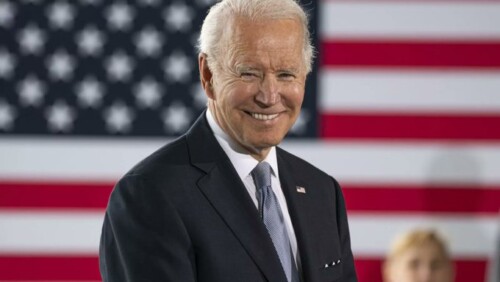A Tale of Two Parties
04.08.2020
The 2020 presidential election, like almost everything else, hangs in suspended animation as Americans ride out the coronavirus pandemic. When it resumes, we will learn more about whether another kind of contagion—illiberal populism—is advancing or retreating here.
Over the past decade, populism has been rewriting the rules of party competition across the West. Sparked by a working-class revolt against entrenched political establishments, the populist surge highlights new political divides based on culture, identity, and geography, as well as the waning relevance of the old left-right debate. Yet the picture is distinct in the United States, where populist currents are reshaping the internal dynamics of the two major parties rather than creating new parties. It’s owing to our enduring duopoly that populism came to power here with Donald Trump’s 2016 election.
Had Trump formed his own party, few would have taken his presidential bid seriously. Instead, he had the good fortune to run as a Republican in a crowded field of GOP heavyweights, who divided the vote and enabled Trump to get a foothold with a series of plurality wins in early primaries. As his rivals dropped out, he consolidated his hold on white working-class voters and took control of the party.
Read the full piece here.
Twitter Feed
Twitter feed is not available at the moment.





